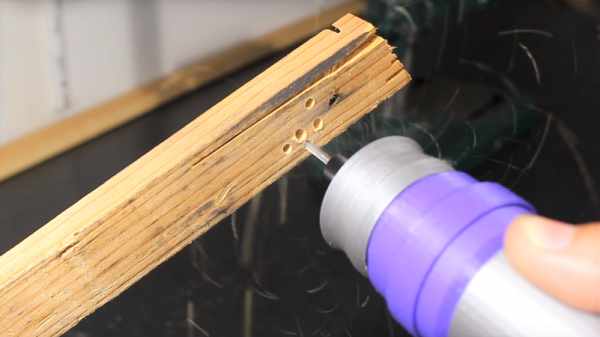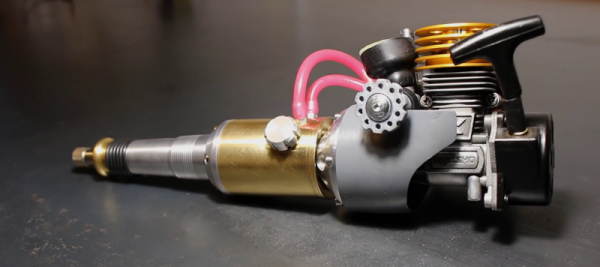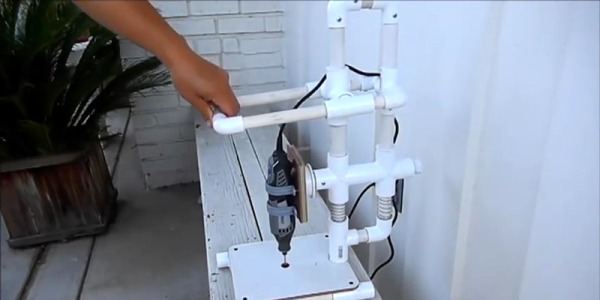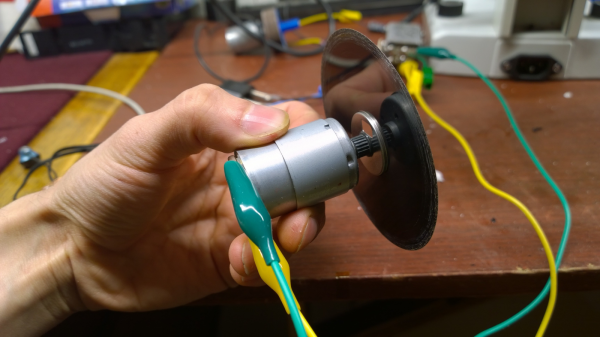For your high speed, low torque needs, few things beat a rotary tool like a Dremel. The electric motor has its limits, though, they generally peak out at 35,000 rpm or so. Plus there’s the dust and the chips to deal with from whatever you’re Dremeling, so why not kill two birds with one stone and build a turbine-driven rotary tool attachment for your shop vac?
Another serious shortcoming of the electric Dremels that is addressed by [johnnyq90]’s 3D-printed turbine is the lack of that dentist’s office whine. His tool provides enough of that sound to trigger an attack of odontophobia as it tops out at 43,000 rpm. The turbine’s stator and rotors are 3D-printed, as is the body, inlet scoop, and adapter for the vacuum line. A shaft from an old rotary tool is reused, but a new one could be turned pretty easily. The video below shows the finished tool in action; there’ll no doubt be objections in the comments to ingesting dust, chips, and incandescent bits of metal, but our feeling is that the turbine will hold up to these challenges pretty well. Until it doesn’t, that is.
We like [johnnyq90]’s design style, which you may recall from his micro Tesla turbine or nitro-powered rotary tool. He sure likes things that spin fast.
Continue reading “3D-Printed Turbine Rotary Tool Tops 40,000 RPM”

















